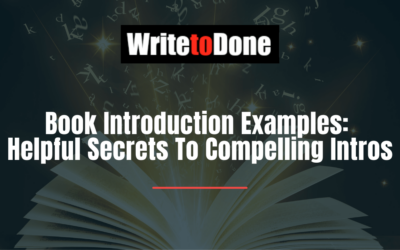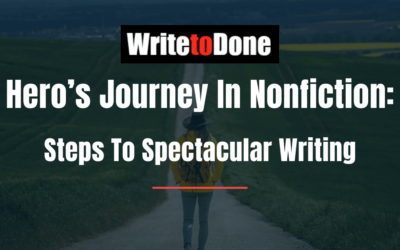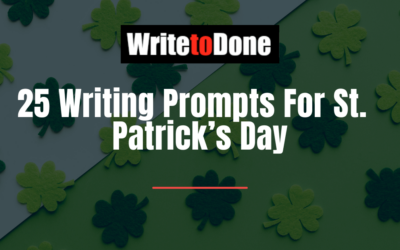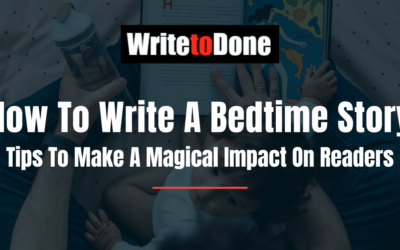Writing is a two party democracy. To the left are those who write stories from their heart, or according to the other side of the aisle, from the seat of their pants. On the right are those who write stories from a meticulously constructed outline.
Sprinkle in a few moderates who dabble in both, and you pretty much cover the gamut of how writers get stories out of their heads and onto a page.
The two sides don’t talk to each other much. At least about writing.
The debate rages on.
Organic writers claim outlining robs them of spontaneity and creativity, that the only way a story can come alive is to discover the characters and allow them to set the course of the story. To listen to them.
Outliners, for better or worse, think that’s just insane.
The discussion divides a room quicker than politics and sexual preferences.
How can you craft a story that foreshadows and builds toward a delicious ending, say the outliners, without knowing what that ending even is?
How can you keep a story fresh and spontaneous, say the organic writers, if you’re merely painting words over a previously constructed outline? What if you get a better idea along the way?
The answer to both arguments is… you can’t. At least not until you bring the principles of story architecture to the table before you write the story.
And then, outline or no outline, all things become possible.
To outline or not to outline… that’s the wrong question.
The issue isn’t about outlining. The issue is simply the degree of foundational story architecture awareness that a writer brings to their process.
Without story architecture, both processes ultimately fail. Stories will come out convoluted, one dimensional, poorly paced and ultimately rejected.
With story architecture in the mix, the story emerges as a well-oiled machine. The only question then becomes: is your story compelling, or not?
Because even story architecture can’t save a bad idea or weak execution. Even if you outline it to death. You can lead a horse to engineering school, but you can’t make him an artist.
The dark side of organic storytelling.
Many organic writers – those who just start writing without an awareness of how their story will flow or turn out, which is the every definition of compromised story architecture – use the drafting process to discover their characters and the story’s structure, rather than beginning with those elements in their toolchest.
In other words, they’re searching for story architecture as they go.
But story architecture is universal. The principles apply to every story.
If a writer understands basic story architecture, organic drafting becomes an efficient and joyful process. If they don’t, it’s an exercise in frustration, something they may not even understand until the rejection slips arrive.
You wouldn’t fly an airplane without knowing how an airplane flies. You wouldn’t slice open an abdomen without understanding basic surgical procedures.
And yet, this is precisely what some writers do with their stories.
The hidden infrastructure of stories
As much as some organic writers don’t like to admit it, there is indeed a basic architecture for successful stories, with specific milestones that must appear at quite precise places. Successful organic writers understand this, which means that as their stories pour unrestrained out of their heads onto the page, they do so in alignment with those principles
Outliners who construct story blueprints without that same awareness suffer the same fate. Their manuscripts are merely fruitions of a broken structure, and while they may get to a “final” draft before their more organic counterparts, it’ll be just as lacking in what publishers are looking for.
The elusive magic pill of storytelling
On a more half-full note, bringing a keen understanding of story architecture to your writing process is more than empowering, it’s essential.
To write a successful story, you can’t wing it and expect to get to the promised land. That doesn’t mean you need an outline, it means you need a foundational core competency in story architecture. No matter how you write.
Once you have it, you can wing it all you want. Your stories will come out in the right sequence with proper pacing. Or, you can get there by constructing outlines that yield stories in which everything is in the right place at the right time.
How you get there is up to you. If you get there is up to your grasp of the principles story architecture.
Outlining is optional. Story architecture isn’t. Debate over.
image courtesy of Pixabay
















